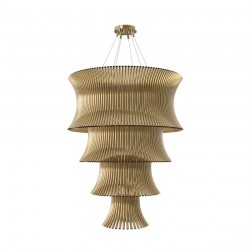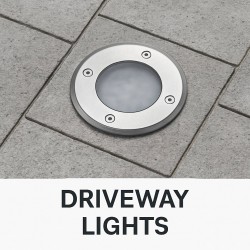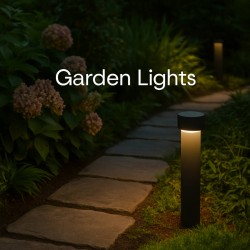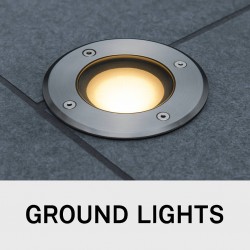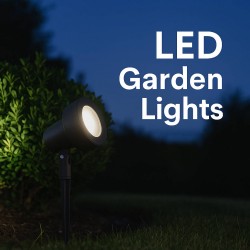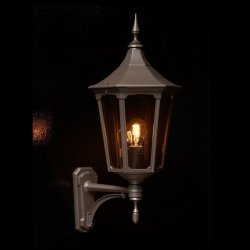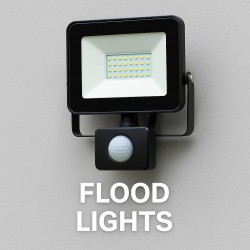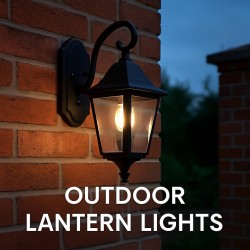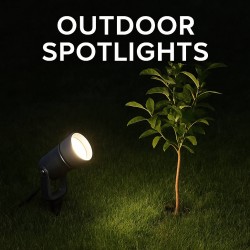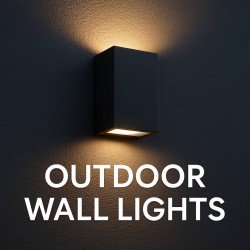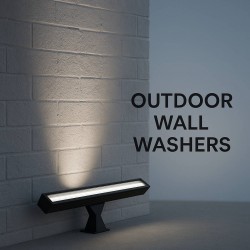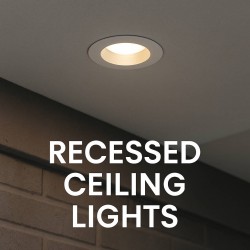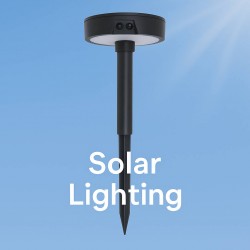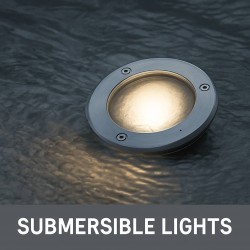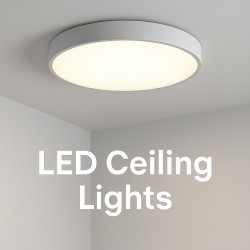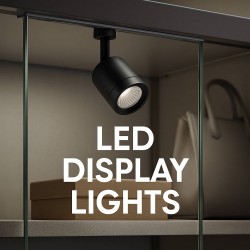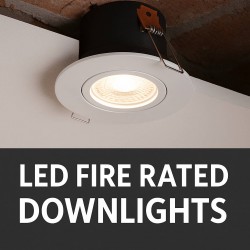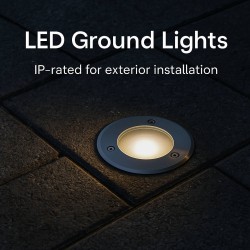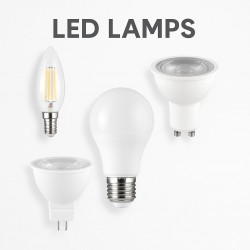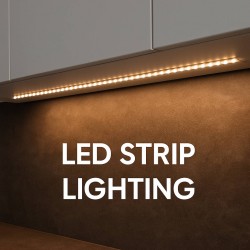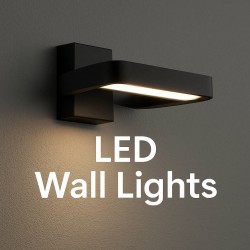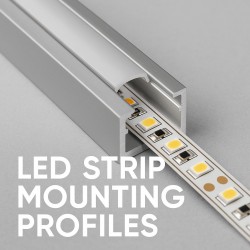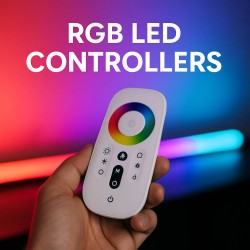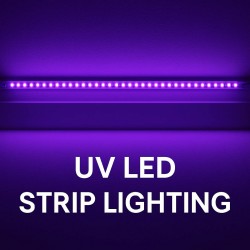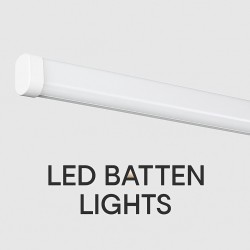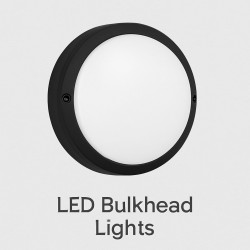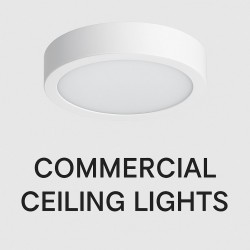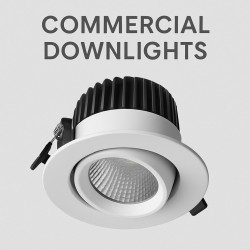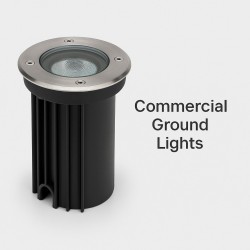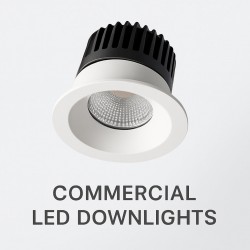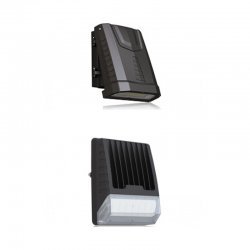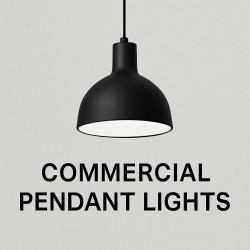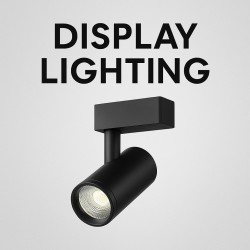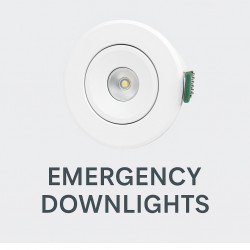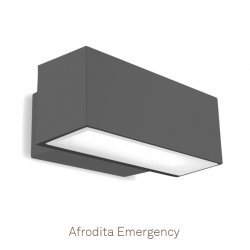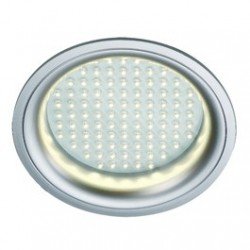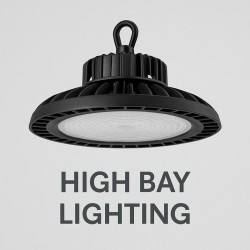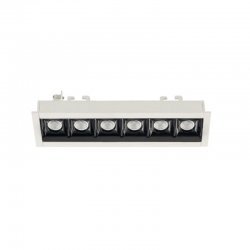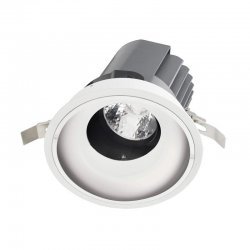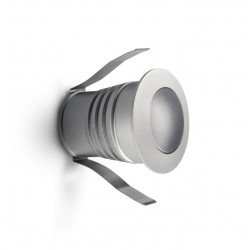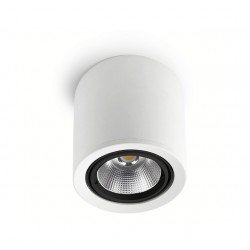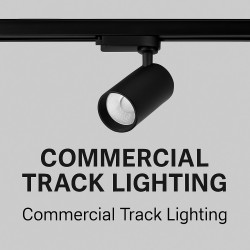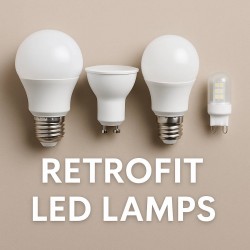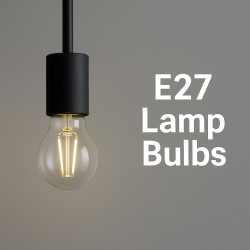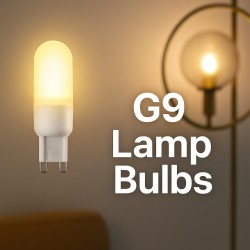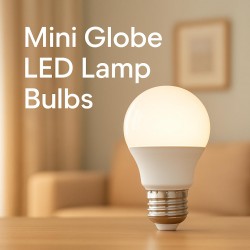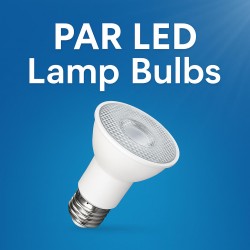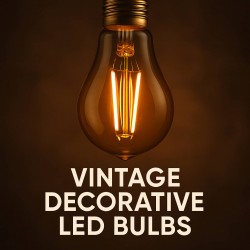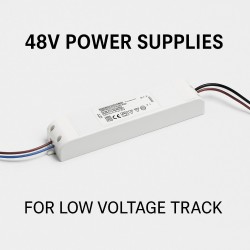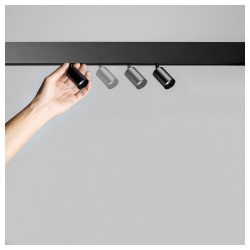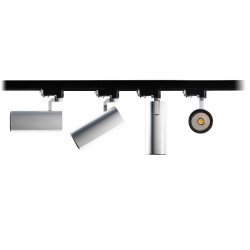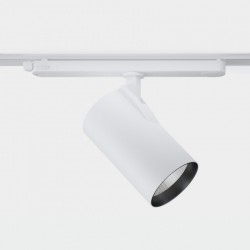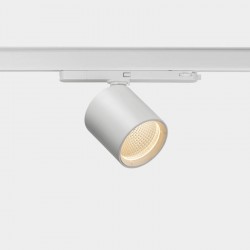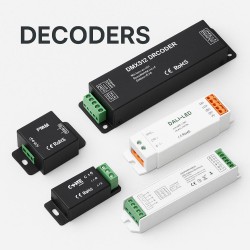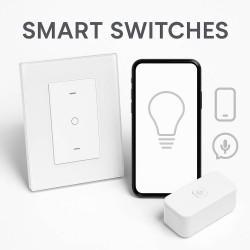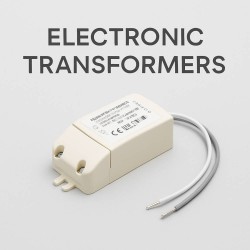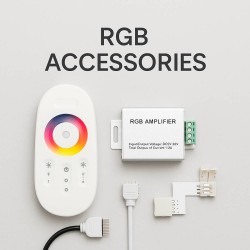Transformer Guide
This information is not an installation guide and reference should be made to the IEE Wirings Regulations or a qualified electrician.
What are transformers?
Lighting Transformers are used to reduce the normal 240v down to 12v and are available in either electronic or toroidal versions. Electronic transformers have the benefit of size and are cool running where as toroidal transformers are heavier and bulkier but can handle lower loads and can be IP rated.
What is the difference between W and VA?
The power output on a transformer is measured as watts or va, these can be considered the same, a 50w transformer is the same as a 50va transformer.
Can I have more than 1 light fitting on a transformer?
It is always recommended to use individual transformers ie. a transformer per fitting, as if a problem occurs it is easier to find the fault. However sometimes space or cost is a factor and a larger transformer can be used to power more fittings.
How many light fittings can I have on a transformer?
The way to choose the right transformer is to add the total wattages of all the light fittings together, ie. you are installing 4 fittings at 50w each making a total of 200w then a 200w or 200va transformer can be used. Transformers have a minimum and maximum load and can be under run (eg. 20 - 60va load, any wattage from 20w up to 60w can be used) but it is very important to never over run a transformer.
Which transformer should I use indoors?
Electronic transformers are the preferred option for use indoors due to the benifits of size and are cool running.
Which transformer should I use outdoors?
The main consideration of using transformers outdoors is where they will be placed and will they be exposed to water. Toroidal transformers with a high IP rating, preferably waterproof, are recommended as then they can be situated anywhere (remember that there is a maximum distance that a transformer can be wired before a voltage drop occurs) but depending on the circumstances electronic transformers can be used if suitably covered.
Is it cheaper to use low voltage?
There are benefits to using low voltage as you get a greater light output of roughly 2-3 times from low voltage lamps, ie. a 50w lamp produces the equivalent of 125w of normal light so in effect you are only using under half of the electricity to produce the light source. Another benefit is the lamps are manufactured to give a much longer lamp life than 240v bulbs.
What is the difference in light?
Low voltage lighting produces a crisper whiter light.







